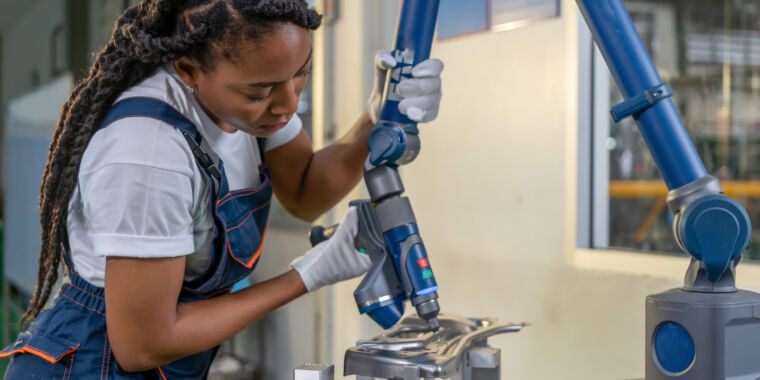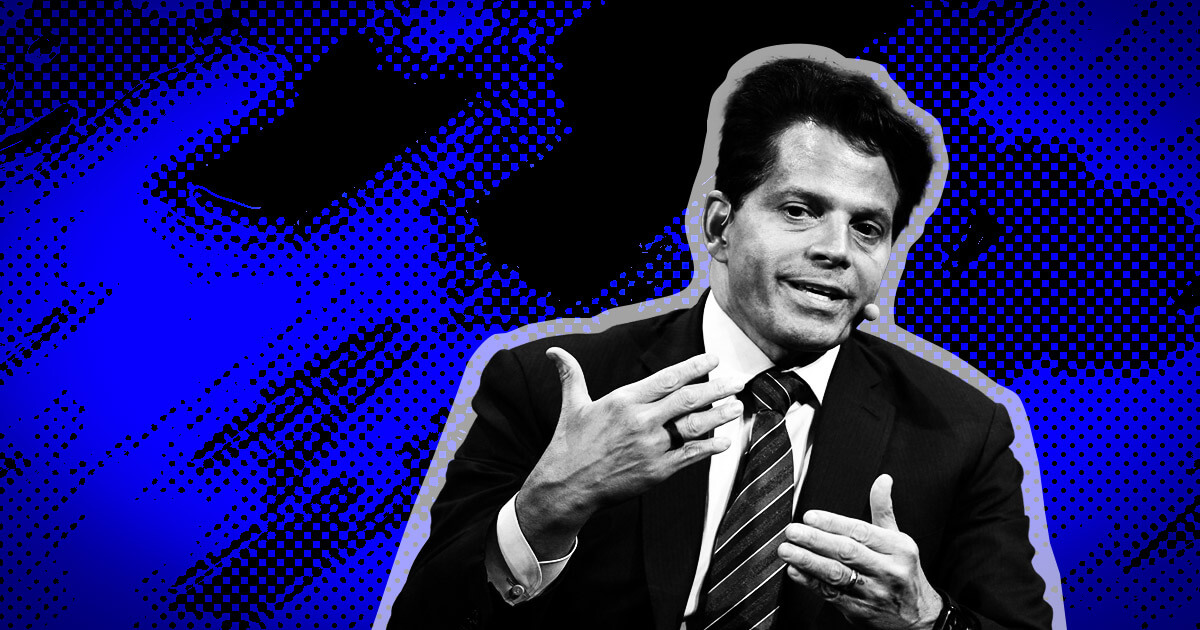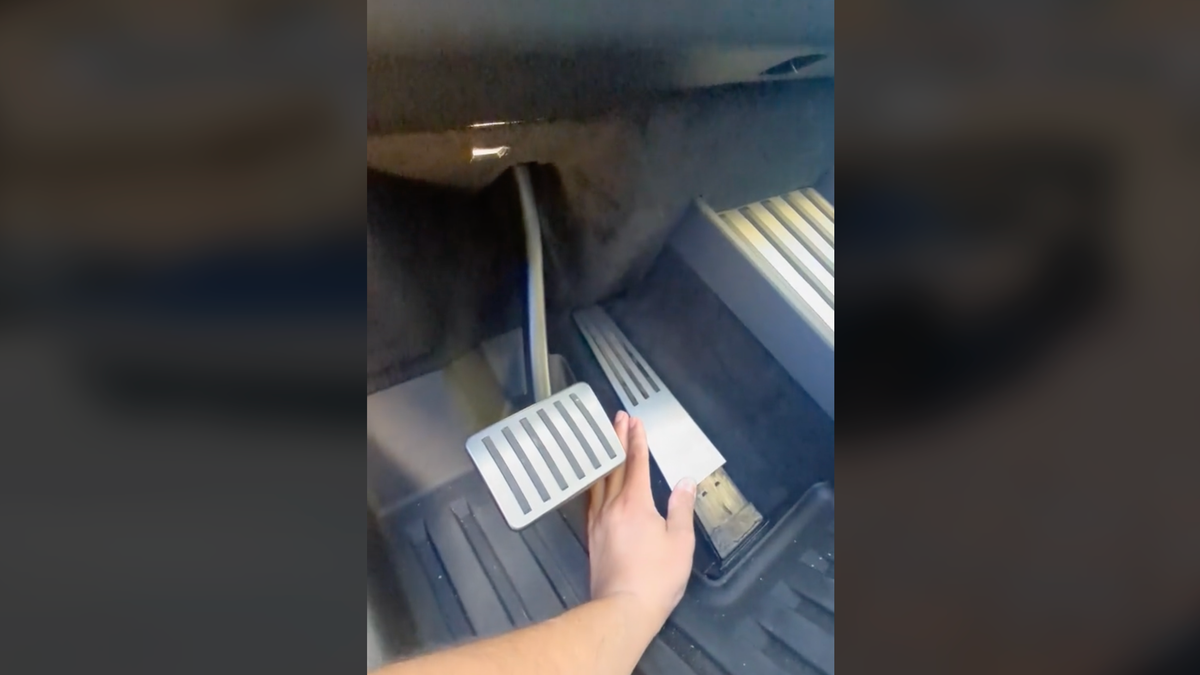The Revolutionary MaxDiff RL Algorithm for Robots
Reinforcement-learning algorithms such as ChatGPT and Google’s Gemini show promise, but traditionally require extensive training to excel at tasks. Northwestern University researchers, led by Thomas Berrueta, have developed the Maximum Diffusion Reinforcement Learning (MaxDiff RL) algorithm. This specialized approach aims to enhance the capabilities of robots, potentially transforming embodied artificial intelligence applications in the real world.
Challenges of Reinforcement Learning in Robots
A key hurdle in implementing reinforcement-learning algorithms in robots lies in the assumption of independent and identically distributed data. Data in virtual systems like YouTube recommendations often adhere to these criteria naturally. However, in robot applications, where experiences are inherently correlated, achieving such ideal data conditions becomes challenging.
Traditional algorithms may fail in robotics environments due to their inability to explore diverse sets of possible futures effectively. The unpredictability of actions may lead to adverse outcomes, as illustrated by an autonomous car that could either park elegantly or crash into a wall using conventional methods.
The MaxDiff RL Approach
The innovative MaxDiff RL algorithm diverges from the conventional focus on diverse actions and emphasizes varied state changes. Instead of random motions, robots guided by MaxDiff RL set specific goals and determine actions to achieve these goals safely. This strategic shift ensures that robots explore and experience a broad range of states within their environment.
Through a mathematical concept known as ergodicity, MaxDiff RL fosters comprehensive exploration of environmental states. Initial tests in simulated scenarios have yielded promising outcomes, showcasing the algorithm’s efficacy in enhancing robotic performance.
Enhanced Performance in Simulated Environments
Researchers at Northwestern tested MaxDiff RL against other state-of-the-art reinforcement learning algorithms, NN-MPPI and SAC, using a challenging swimmer benchmark. MaxDiff RL surpassed the competitors by swiftly adapting its learned behaviors to new tasks, outperforming traditional learning processes that were prone to stagnation.
Where previous algorithms faltered in exploring alternative options, leading to repeated failures, MaxDiff RL excelled by continuously evolving its strategies through diverse state changes. This adaptability and exploration-driven learning approach position MaxDiff RL as a frontrunner in advancing robotics capabilities.
While the success of MaxDiff RL in simulated settings marks a significant achievement, further research and refinement are necessary before its practical application in real-world scenarios, such as self-driving cars.
Image/Photo credit: source url





